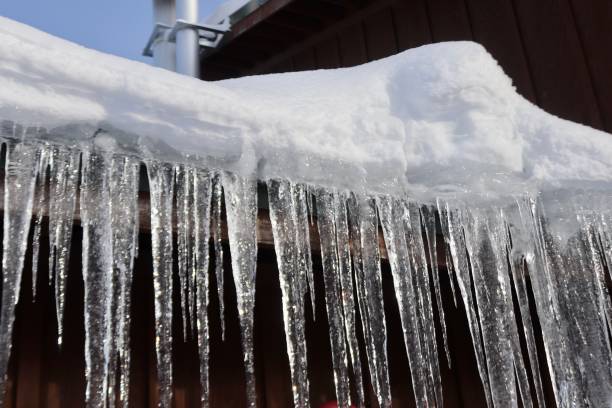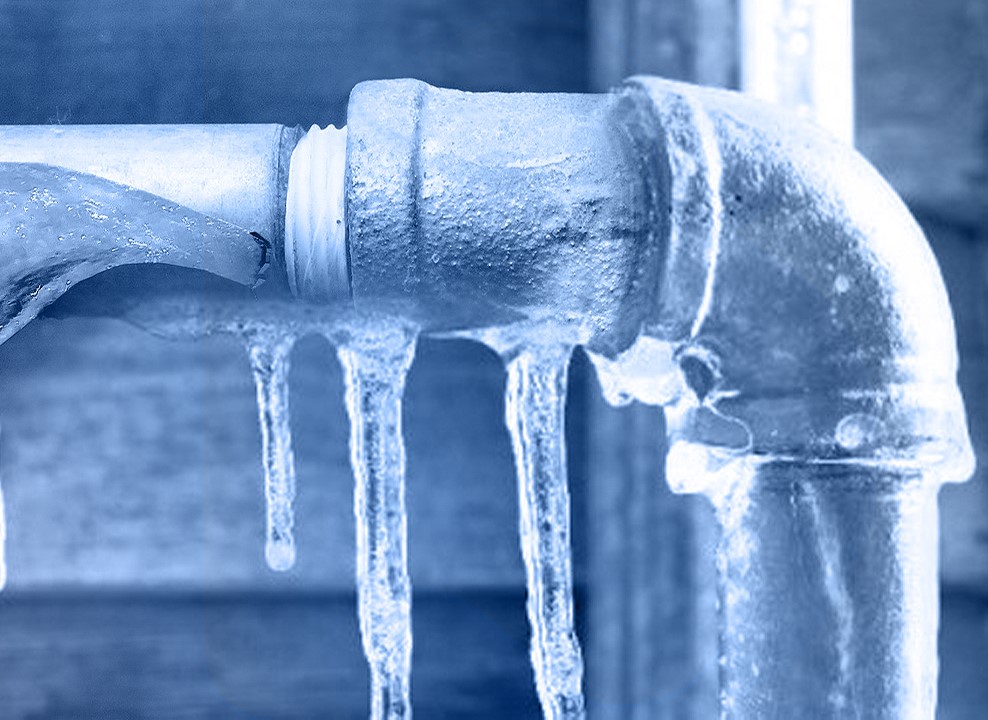Are you on the lookout for answers on Preventing and dealing with frozen pipes?

Winter can damage your pipes, specifically by freezing pipes. Right here's exactly how to prevent it from happening and what to do if it does.
Introduction
As temperature levels decline, the danger of frozen pipes boosts, possibly resulting in expensive repairs and water damages. Comprehending just how to avoid icy pipes is important for home owners in cold climates.
Understanding Frozen Pipes
What causes pipes to freeze?
Pipelines ice up when revealed to temperature levels listed below 32 ° F (0 ° C) for expanded durations. As water inside the pipes freezes, it expands, putting pressure on the pipeline wall surfaces and potentially causing them to burst.
Threats and problems
Frozen pipes can lead to water system disruptions, property damages, and pricey repair services. Burst pipes can flooding homes and cause extensive architectural damages.
Indications of Frozen Water Lines
Determining frozen pipes early can prevent them from breaking.
Just how to determine frozen pipes
Look for decreased water flow from taps, unusual smells or sounds from pipelines, and visible frost on revealed pipelines.
Prevention Tips
Shielding susceptible pipes
Cover pipes in insulation sleeves or utilize warmth tape to shield them from freezing temperatures. Focus on pipes in unheated or exterior locations of the home.
Heating techniques
Maintain interior areas effectively heated, specifically areas with plumbing. Open up cabinet doors to enable cozy air to circulate around pipes under sinks.
Shielding Outdoor Pipes
Yard hoses and outdoor faucets
Separate and drain pipes garden hoses before winter months. Set up frost-proof spigots or cover exterior taps with insulated caps.
What to Do If Your Pipelines Freeze
Immediate actions to take
If you suspect icy pipes, maintain faucets open up to soothe pressure as the ice thaws. Utilize a hairdryer or towels taken in hot water to thaw pipelines gradually.
Long-Term Solutions
Architectural changes
Think about rerouting pipes away from exterior wall surfaces or unheated locations. Add extra insulation to attic rooms, cellars, and crawl spaces.
Upgrading insulation
Invest in high-quality insulation for pipelines, attics, and walls. Correct insulation aids maintain regular temperature levels and lowers the threat of icy pipes.
Final thought
Stopping frozen pipes calls for proactive measures and fast reactions. By understanding the reasons, indicators, and preventive measures, house owners can protect their pipes throughout winter.
5 Ways to Prevent Frozen Pipes
Drain Outdoor Faucets and Disconnect Hoses
First, close the shut-off valve that controls the flow of water in the pipe to your outdoor faucet. Then, head outside to disconnect and drain your hose and open the outdoor faucet to allow the water to completely drain out of the line. Turn off the faucet when done. Finally, head back to the shut-off valve and drain the remaining water inside the pipe into a bucket or container. Additionally, if you have a home irrigation system, you should consider hiring an expert to clear the system of water each year.
Insulate Pipes
One of the best and most cost-effective methods for preventing frozen water pipes is to wrap your pipes with insulation. This is especially important for areas in your home that aren’t exposed to heat, such as an attic. We suggest using foam sleeves, which can typically be found at your local hardware store.
Keep Heat Running at 65
Your pipes are located inside your walls, and the temperature there is much colder than the rest of the house. To prevent your pipes from freezing, The Insurance Information Institute suggests that you keep your home heated to at least 65 degrees, even when traveling. You may want to invest in smart devices that can keep an eye on the temperature in your home while you’re away.
Leave Water Dripping
Moving water — even a small trickle — can prevent ice from forming inside your pipes. When freezing temps are imminent, start a drip of water from all faucets that serve exposed pipes. Leaving a few faucets running will also help relieve pressure inside the pipes and help prevent a rupture if the water inside freezes.
Open Cupboard Doors
Warm your kitchen and bathroom pipes by opening cupboards and vanities. You should also leave your interior doors ajar to help warm air circulate evenly throughout your home.

As a reader on Prevent Frozen Pipes , I imagined sharing that piece was really useful. Appreciated our blog entry? Please quickly share it. Help somebody else locate it. We enjoy your readership.
Call Today